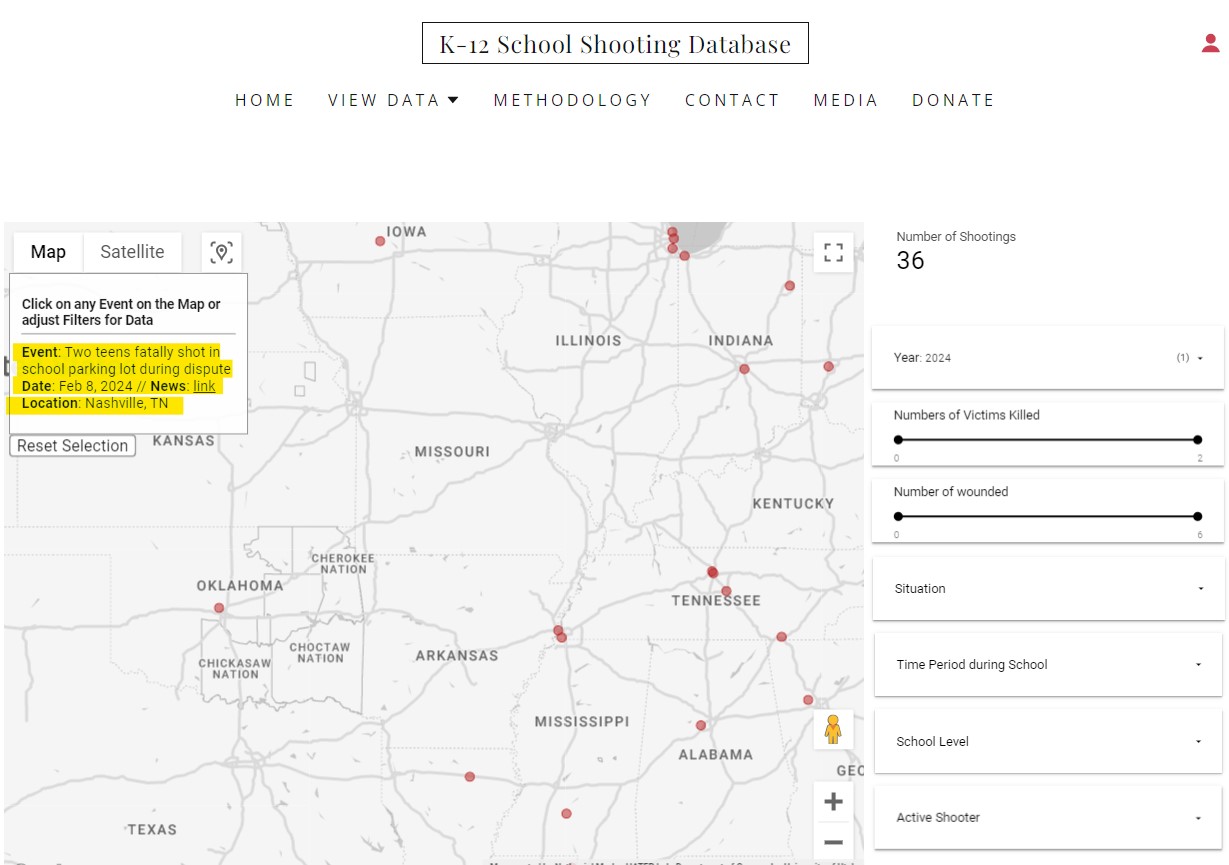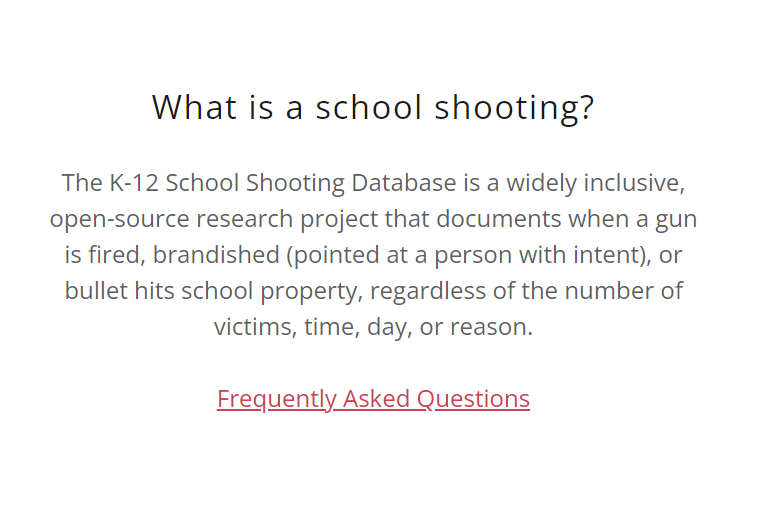Why yes, my eyes are a little crossed today…
I wanted to write about something more interesting and stumbled down a rabbit hole. The interesting case is the one of Hunter v. Cortland Housing Authority.
For many years, Section 8 or Public Housing Assistance leases have included a clause in the lease agreement that obligates tenants, [n]ot to display, use, or possess or allow members of Tenant’s household or guest to display, use or possess any firearms (operable or inoperable) or other weapons as defined by the laws and courts of the State of New York anywhere on the property of CHA.
— CHA’s Residential Lease Agreement.
In different words, the lease requires renters to give up their Second Amendment protected rights. The right to any arms for self-defense.
Of course, we know that the bad guys have plenty of weapons in public housing.
This particular filing is to have the case dismissed for lack of standing. The CHA claims that the federal court lacks subject matter jurisdiction.
I don’t know. I wanted to know, instead I got this:
In doing so, Plaintiffs ignore the distinctive and intricate interests involved regulating activities in public housing developments. Public housing authorities (“PHAs”) are created under state laws s to provide affordable housing for low-income households. In New York, they are expressly formed to accomplish the goals set forth in Article XVIII of New York’s Constitution. However, PHAs receive funding from the U.S Department of Housing and Urban Development (“HUD”) while also being held to the same standard as a private landlord as they are not considered to be a municipal subdivision of the state and distinct from the municipality for which they were formed by the New York Legislature. PHAs, such as CHA, are state-created, federally funded, and locally administered entities. Further, they are obligated under Federal and state law to provide “decent, safe, and sanitary conditions” to their tenants. To that end, Federal law requires PHAs to develop crime prevention plans in conjunction with local law enforcement. In addition to the foregoing governmental interests interwoven in public housing developments, there are also the property interests and liberties inherent in residential apartments and proprietary rights of a landlord. The sui generis nature of PHAs and public housing developments, and their relevantly new creation, were the type of circumstance the founding fathers could not have fathomed at the time of the signing of the Constitution. There is no equivalent entity in this nation’s history for the courts to look to for guidance in considering the balancing of the many interests at stake when a PHA regulates a person’s activities in a public housing development
—No. 16: Hunter v. Cortland Housing Authority, No. 5:23-cv-01540, slip op. at 1–2 (N.D.N.Y.)
Let’s break this down.
The plaintiffs say that their Second Amendment Rights are violated because they are not allowed to display, use, or posses arms in their homes.
In response, the state argues(?) that the plaintiffs ignore how hard it is to regulate people in public housing.
The plaintiffs assert that because they are low income, they are denied the right to possess any firearm. I read into this that the full argument is that they can’t afford to safely store firearms off the property.
The state argues that doesn’t count. They could do it, that’s all that is required.
—New York State Rifle & Pistol Assn., Inc. V. Bruen, 142 S.Ct. 2111 (U.S. 2022) Kavanaugh, concurring.
The state filed that steaming pile on 2024/01/03. A year and a half after Bruen. 16 years after Heller. 14 years after McDonald. Yet, they believe that the plaintiffs have to prove something more than their proposed conduct is within the scope of the protections of the Second Amendment.
Is the proposed conduct within the scope of the protections of the Second Amendment?
Yes!
The burdens then shifts to the state to prove a history and tradition of analogous regulations from the time of the ratification of the Second Amendment.
It is obvious that they know this as well. The final lines, talking about how public housing is “new” so there couldn’t be any regulations in 1791, so they are allowed to infringe as much as they want.
Justice Thomas’ powerful language regarding one step too far when discussing means-end didn’t seem to register with the state when they asked the court to considering the balancing of the many interests
.
The state didn’t provide a single regulation from the founding era. Not one.
Argh!!!!



